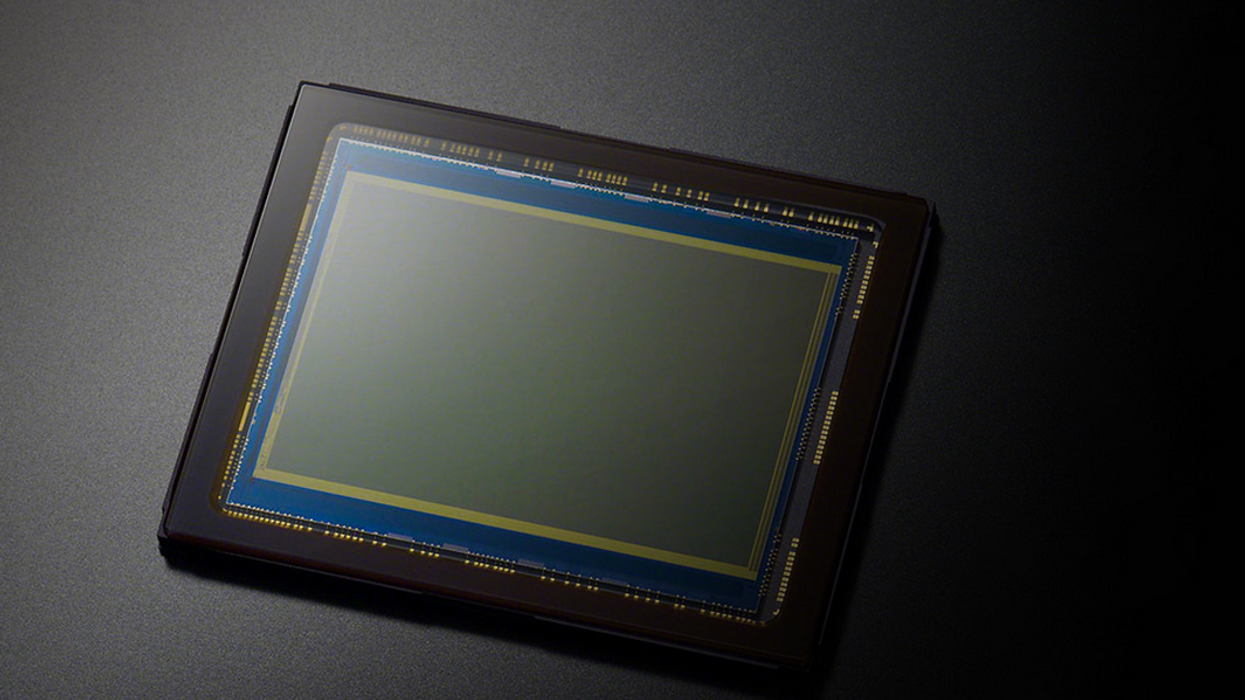Sony's Innovative New Sensor Will Shoot 6K Video at 240fps & 2K at 16,000fps
Innovation in digital sensor technology has seemingly moved at a snail's pace over the past few years. However, a leaked document with details about an upcoming Sony sensor suggests that we should be preparing for a massive leap forward in the very near future.

Early information about the new sensor, which was leaked on the the Chinese technology site cnBeta, states that the sensor will come in at a size of 1.5" -- a rough equivalent to Micro 4/3 -- and that it will be able to record 6K video at up to 240fps and 2K video at an astounding 16,000fps.
While those numbers are impressive, it's the way in which this new sensor is designed that makes it truly innovative. Instead of using the traditional bayer method of color interpolation, where there are individual pixels for the red, green, and blue channels, the new sensor has pixels that can sample each of the three colors using a technology called Active Pixel Color Sampling. Essentially this means that the new sensors only need 1/3 of the pixels in order to output the same resolution. At 4.85 megapixels, a number that seems minuscule compared to many modern cameras, this new sensor will be able to output data roughly equivalent to a 15 megapixel sensor.
At a sensor size resembling that of Micro 4/3, it's hard to say where this particular sensor will end up. Many have already speculated that it's heading for a new line of Xperia smartphones, although at that size, it seems doubtful. What seems more like likely is a line of high-end mirrorless cameras. Additionally, it seems probable that the Active Pixel Color Sampling technology is moderately scalable, and that this 1.5" sensor is only the first in an entirely new generation of sensors that may end up in all of, or at least most of Sony's cameras, including future variations of their cinema line. Add to that the fact that Sony sells sensors to third party camera manufacturers, and it's entirely plausible that this technology will be widely available within a few years.
For further reading on this new sensor, head on over to Image Sensors World.
Source: cnBeta












